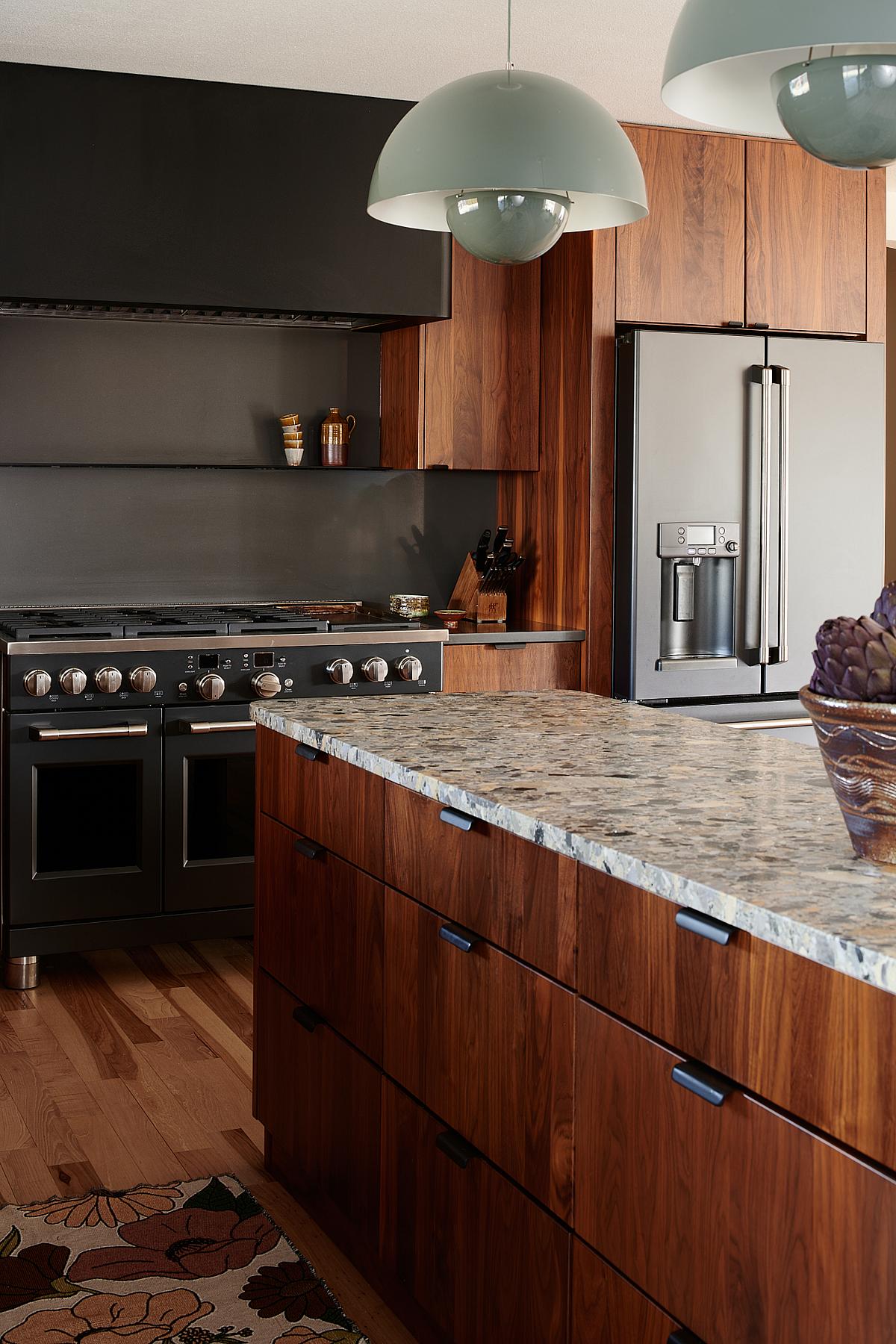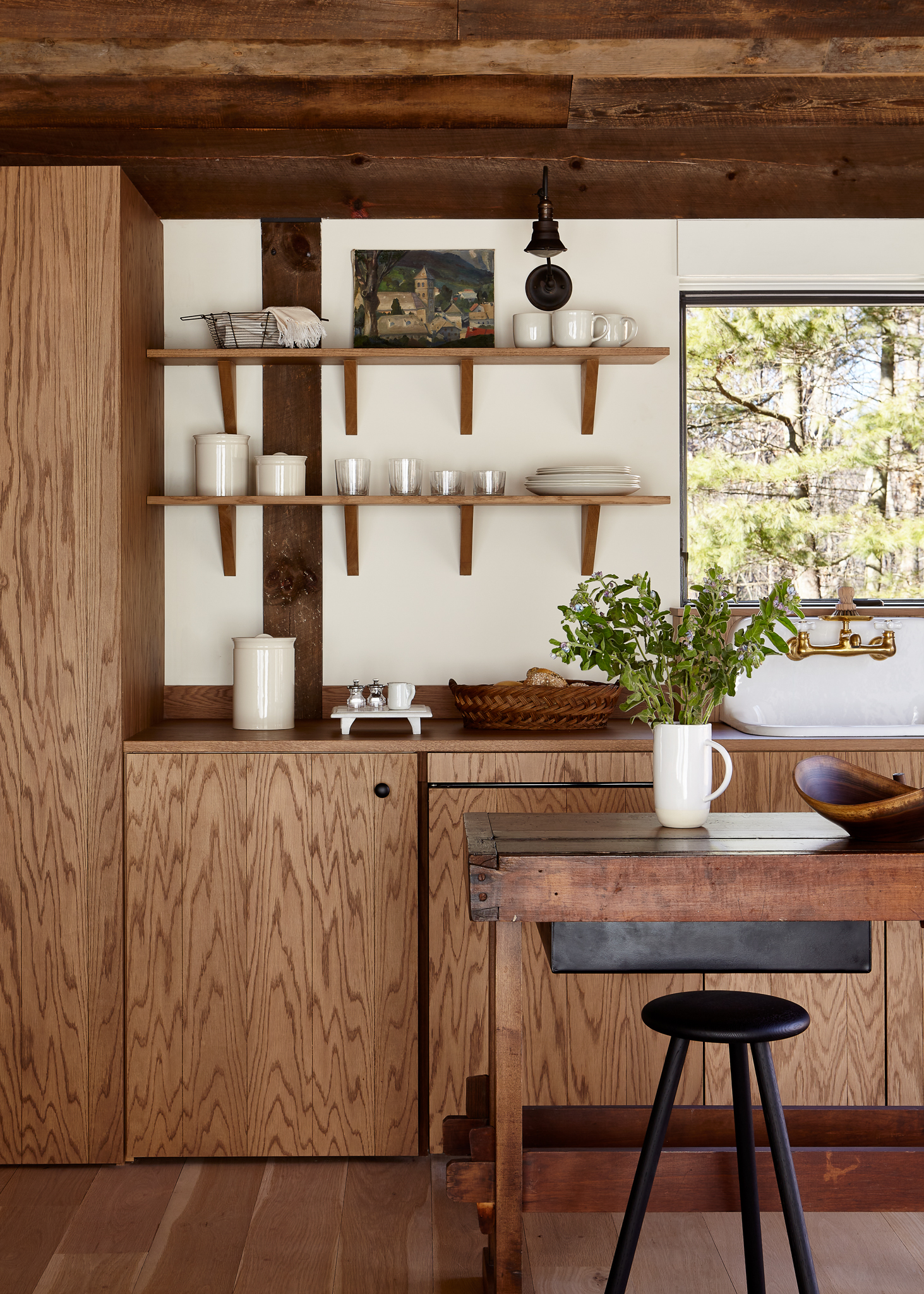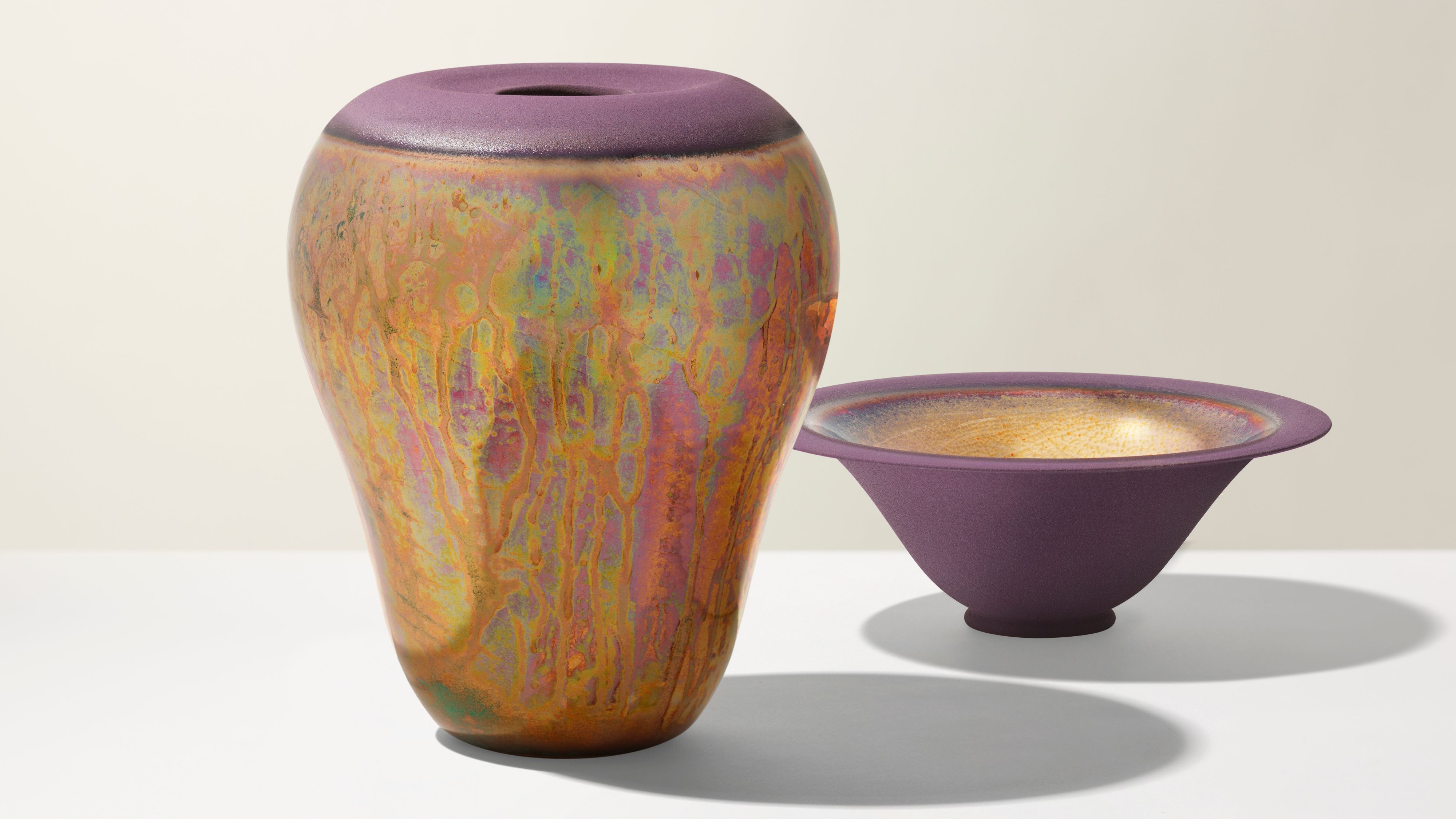We Know You Want One, But Do You Really *Need* a Kitchen Island? Chances Are You Don't — Here's How to Make the Call
It's a popular design decision (and for good reason), but if you're trying to squeeze an island in where there's no space, it may be time to rethink your choices


These days, the kitchen island has become a feature many feel you must account for at all costs, but does your kitchen really need one? In some instances, an island simply doesn't make sense. When space is limited or when there is already plenty of counter space, an island can really just create more room for clutter to build up.
That's not to say a kitchen island is not a worthwhile consideration in your design, though. It's just a question of whether it makes sense to sacrifice space (or budget) in order to squeeze it in. Plus, there are plenty of other ways to add counter space without adding an island.
So, if you're undecided on whether your kitchen really needs an island (and yes, it's a big and important decision), our guide below steps you through the questions to ask yourself, the types of spaces that a kitchen island works best in, and the types it doesn't, as well as some alternative solutions.
When is Having a Kitchen Island a Good Idea?

There are a lot of reasons why kitchen islands are such a frequently requested feature when designing new kitchens. Being such sociable spaces, kitchens can really benefit from having a central hub around which everyone can congregate. Plus, they offer so much in the way of storage.
Architect Georgina Wilson, principal at Georgina Wilson Associates, says kitchen islands are an incredibly efficient design choice, as they can serve a multitude of purposes. "In my own narrow terrace house, the island is the center of our lives," she says. "It becomes the buffet during large family gatherings, provides extra seating as the 'kids table', and serves as a fantastic, uninterrupted prep bench where we can all cook together."
But beyond its functionality, "it's also a beautiful sculptural element in my otherwise minimalist home, and the marble itself brings me great joy," she adds.

But there are other advantages to including an island in your kitchen too. "An island offers you a wonderful central work zone within the kitchen, and, since fridges and ranges are typically on the perimeter, the island becomes the natural middle ground for prepping, washing, and then returning to the perimeter to cook," adds Teri Simone, head of design and marketing at Nieu Cabinet Doors.
They also keep the space feeling social and encourage a sense of connection and conversation. "Islands offer a natural eat-in spot if you lack space for a kitchen table, and they can provide a spot for friends and family to sit and be part of the cooking action, even if they aren't helping to prep," adds Teri.
But, does your kitchen really need an island?

While an island can be an incredibly useful and highly aesthetic feature in your kitchen, you don't necessarily need one to have a space that functions well or looks luxurious. In fact, there are many kitchens without an island that perform just as well as those with.
Georgina agrees that a kitchen certainly doesn't need an island. "The primary requirements for any kitchen are a work zone (which includes your clean-up zone, a small prep zone, and your cooktop) and a small yet tall utility zone (which includes your fridge and pantry at a minimum)," she says. "Effectively, you have all your basic needs covered if you have these elements in place."
That being said, if you have the space, all of the designers we spoke to said they'd recommend including an island in your kitchen. "Every party always winds up in the kitchen, no matter how great the view is from the deck, and people always surround the island, so if you can swing one, make it happen,' says La-based interior designer and TV presenter Tracy Metro.
But she prefaces that by saying: "Having an overly large island can diminish the feel of a kitchen. Having too small of an island can feel like a dinghy in an ocean. It’s like the three bears — you need one that’s just right."
Things to Consider to Help You Make a Decision
Is Your Kitchen Big Enough for an Island?

While you might be desperate to include an island as part of your small kitchen ideas, the last thing you want to do is shoehorn one in at the expense of the rest of the layout.
"Islands suit larger kitchens, it is always a mistake to try and squeeze an island into a narrow kitchen as it will make the space feel cramped and hinder movement," warns Looeeze Grossman, founder of The Used Kitchen Company. "Smaller kitchens often lack the space needed for an island, making other space-saving solutions more appropriate."
In terms of the amount of space you need, think about clearance space around the island. "It’s best to leave at least 42” of walkway room, and if you often have lots of people in the kitchen, consider expanding that to 48” for ease of movement,” says Teri Simone.
Once you've established whether you've got enough clearance space, you'll be in a better position to determine whether or not you have the space for a kitchen island. There is no point specifying a minuscule island that isn't fit for purpose just for the sake of it.
Georgina Wilson says that anything less than 60" is a "stump" and not an island, adding that "the size of a kitchen island depends on the overall room size, but generally, a width of 40" is optimal, and a length of 60" tends to feel comfortable," and that "the island should always be longer than it is wide, with a minimum size of 60" in length and 40" in width."
Interior designer Victoria Holly, principal of Victoria Holly Interiors, says that her ideal island size is 48" x 100".
What are some alternatives to kitchen islands?

There are also plenty of alternative kitchen island ideas that may work much better in your space. A small countertop-height table or butcher's block that isn't fixed into place works brilliantly, as do rolling islands on wheels (considered by some to be replacing the kitchen island altogether).
"If your kitchen just won’t accommodate an island that’s fixed to the floor, a mobile rolling cart is a great way to achieve the essence of an island without stuffing up your space all the time," says Tracy Metro. "It’s there when you need it and can easily be rolled away when you don’t."
That being said, if you're drawn to the idea of a rolling island, it's important to consider where you will store it when it isn't needed, to ensure it won't end up constantly being in the way.
Kitchen peninsula ideas are also a brilliant alternative that work particularly well in open-plan kitchens as a way of zoning the two spaces. "A peninsular is a great alternative solution, as it can butt up against the wall rather than requiring the metre clearance an island requires," says Looeeze Grossman.
As a last resort, if you're in dire need of more countertop space but don't have the room for any kind of island, you could consider a sink cover to provide an additional food prep area.

Price: $169.99
This super useful kitchen cart not only has a good-size countertop but also comes complete with two drawers, open shelving and hanging racks. The wheels are lockable to ensure it remains stable when in use.
When is a kitchen island essential?

While we've weighed up situations when you don't need a kitchen island, or when it wouldn't be advised to include one, there are also certain situations when a kitchen island is actually considered to be an essential feature.
This is often the case when the size of the room is excessively large or open-plan, explains construction expert Al Ruggie of ASAP Restoration LLC. "In these cases, an island not only sets the space apart visually but also provides additional surfaces and structures that impede echoing in larger rooms. Great rooms without big tables and rugs sound like echo chambers, so if the space is big enough, an island might be one of the only ways to make having conversations in the room a tolerable experience."
So, the simple answer here is that if you can comfortably fit an island into your kitchen, it's advisable to do so. Not only does it provide an opportunity to make a style statement, but it will also improve the functionality and flow of your kitchen.
But, trying to squeeze one into a space that's too small is definitely going to be a kitchen layout mistake you'll regret, and it's important to keep in mind that your kitchen doesn't need an island in order to function and look beautiful — it all comes down to designing a layout that both makes the most of your space, as well as provides easy access to the essentials.
Be The First To Know
The Livingetc newsletters are your inside source for what’s shaping interiors now - and what’s next. Discover trend forecasts, smart style ideas, and curated shopping inspiration that brings design to life. Subscribe today and stay ahead of the curve.
Natasha Brinsmead is a freelance homes and interiors journalist with over 20 years experience in the field. As former Associate Editor of Homebuilding & Renovating magazine, Natasha has researched and written about everything from how to design a new kitchen from scratch to knocking down walls safely, from how to lay flooring to how to insulate an old house. She has carried out a number of renovation projects of her own on a DIY basis and is currently on the lookout for her next project.
-
 My 10 Favorite Designs at Milan Design Week 2025 — Out of the Hundreds of Pieces I Saw
My 10 Favorite Designs at Milan Design Week 2025 — Out of the Hundreds of Pieces I SawThere is a new elegance, color, and shape being shown in Milan this week, and these are the pieces that caught my eye
By Pip Rich
-
 Iridescence Is Chrome’s More Playful, Hard-to-Define Cousin — And You're About to See It Everywhere
Iridescence Is Chrome’s More Playful, Hard-to-Define Cousin — And You're About to See It EverywhereThis kinetic finish signals a broader shift toward surfaces that move, shimmer, and surprise. Here's where to find it now
By Julia Demer
-
 5 Problems With Boiling Water Taps That No One Ever Talks About — And How to Troubleshoot Them
5 Problems With Boiling Water Taps That No One Ever Talks About — And How to Troubleshoot ThemWe got our experts to spill the beans on the truth behind these kitchen staples
By Maya Glantz
-
 5 Kitchen Layouts That Are Dated in 2025 — Plus the Contemporary Blueprints Designers Are Choosing Instead
5 Kitchen Layouts That Are Dated in 2025 — Plus the Contemporary Blueprints Designers Are Choosing InsteadIf you want to design a kitchen with a coherent floorplan conducive to better flow and functionality, these are the layouts to steer clear of
By Lilith Hudson
-
 "I Just Bought a Stand Mixer — Where Can I Store It in My Small Kitchen?" 6 Clever Storage Ideas to Consider
"I Just Bought a Stand Mixer — Where Can I Store It in My Small Kitchen?" 6 Clever Storage Ideas to ConsiderLove your stand mixer, but hate not knowing how to store it? We've got the same problem, but these six expert tips have solved our limited storage problems for good.
By Amiya Baratan
-
 Bar Stools vs Counter Stools — The Difference You Need to Know to Avoid Buying the Wrong One for Your Kitchen
Bar Stools vs Counter Stools — The Difference You Need to Know to Avoid Buying the Wrong One for Your KitchenYou might think they're the same thing, but bar stools and counter stools are subtly different, and knowing how will help you avoid buying the wrong ones
By Maya Glantz
-
 5 Problems With Waterfall Kitchen Countertops That No-One Ever Talks About
5 Problems With Waterfall Kitchen Countertops That No-One Ever Talks AboutWhile they may look great, this kitchen feature comes with a few problems, and here's what you should know
By Maya Glantz
-
 So, Just What Is a 'Leathered' Countertop? "To Touch One Is to Want One," Says Our Editor
So, Just What Is a 'Leathered' Countertop? "To Touch One Is to Want One," Says Our EditorOur experts break down the 'leathering' technique and tell you whether it's right for your worksurfaces
By Maya Glantz
-
 I Asked Architects for Their Tips to Make a Kitchen Extension More Cost-Efficient — Without Feeling Like You're Cutting Corners
I Asked Architects for Their Tips to Make a Kitchen Extension More Cost-Efficient — Without Feeling Like You're Cutting CornersWe spoke to the experts to find out the best design hacks to create a wow-factor space, without breaking the bank
By Rebecca Foster
-
 6 Appliance Mistakes That Are Making Your Kitchen Look So Much More Dated
6 Appliance Mistakes That Are Making Your Kitchen Look So Much More DatedSave your kitchen from looking passé by not falling into these appliance pitfalls
By Maya Glantz

